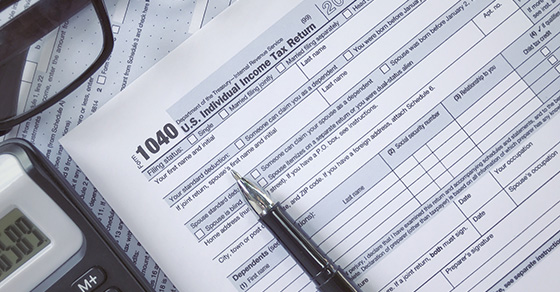If you’re adopting a child, or you adopted one this year, there may be significant tax benefits available to offset the expenses. For 2019, adoptive parents may be able to claim a nonrefundable credit against their federal tax for up to $14,080 of “qualified adoption expenses” for each adopted child. (This amount is increasing to $14,300 for 2020.) That’s a dollar-for-dollar reduction of tax — the equivalent, for someone in the 24% marginal tax bracket, of a deduction of over $50,000.
Adoptive parents may also be able to exclude from their gross income up to $14,080 for 2019 ($14,300 for 2020) of qualified adoption expenses paid by an employer under an adoption assistance program. Both the credit and the exclusion are phased out if the parents’ income exceeds certain limits, as explained below.
Adoptive parents may claim both a credit and an exclusion for expenses of adopting a child. But they can’t claim both a credit and an exclusion for the same expense.
Qualified adoption expenses
To qualify for the credit or the exclusion, the expenses must be “qualified.” These are the reasonable and necessary adoption fees, court costs, attorney fees, travel expenses (including amounts spent for meals and lodging) while away from home, and other expenses directly related to the legal adoption of an “eligible child.”
Expenses in connection with an unsuccessful attempt to adopt an eligible child can qualify. However, expenses connected with a foreign adoption (one in which the child isn’t a U.S. citizen or resident) qualify only if the child is actually adopted.
Taxpayers who adopt a child with special needs get a special tax break. They will be deemed to have qualified adoption expenses in the tax year in which the adoption becomes final in an amount sufficient to bring their total aggregate expenses for the adoption up to $14,300 for 2020 ($14,080 for 2019). In other words, they can take the adoption credit or exclude employer-provided adoption assistance up to that amount, whether or not they had $14,300 for 2020 ($14,080 for 2019) of actual expenses.
Phase-out for high-income taxpayers
The credit allowable for 2019 is phased out for taxpayers with adjusted gross income (AGI) of $211,160 ($214,520 for 2020). It is eliminated when AGI reaches $251,160 for 2019 ($254,520 for 2020).
Taxpayer ID number required
The IRS can disallow the credit and the exclusion unless a valid taxpayer identification number (TIN) for the child is included on the return. Taxpayers who are in the process of adopting a child can get a temporary number, called an adoption taxpayer identification number (ATIN), for the child. This enables adoptive parents to claim the credit and exclusion for qualified expenses.
When the adoption becomes final, the adoptive parents must apply for a Social Security number for the child. Once obtained, that number, rather than the ATIN, is used.
We can help ensure that you meet all the requirements to get the full benefit of the tax savings available to adoptive parents. Please contact us if you have any questions





